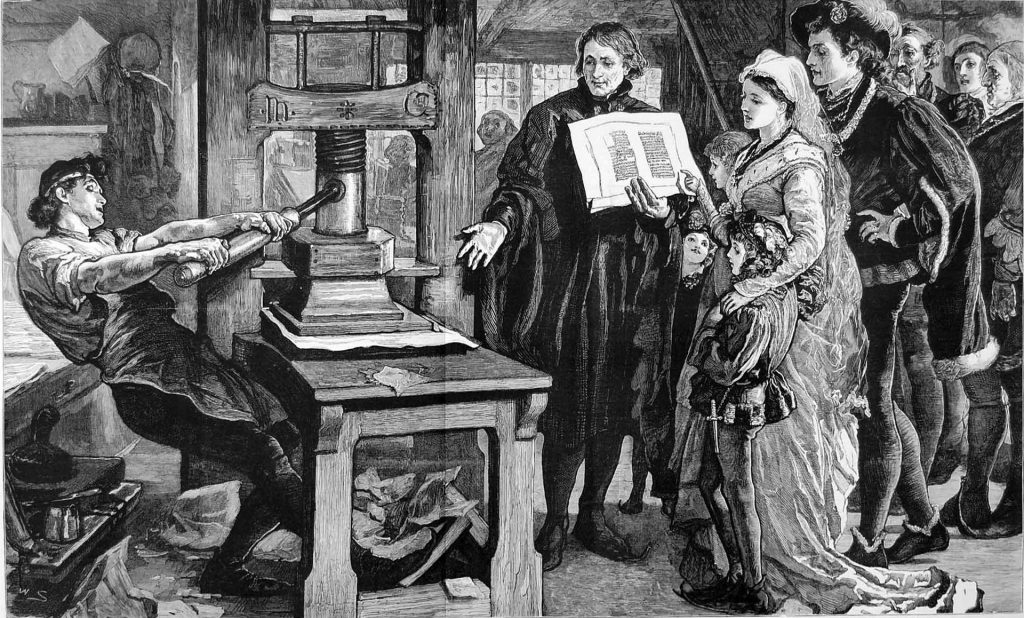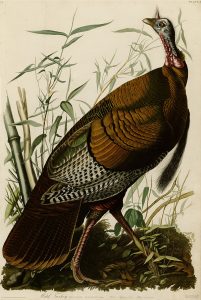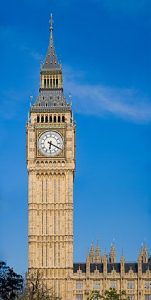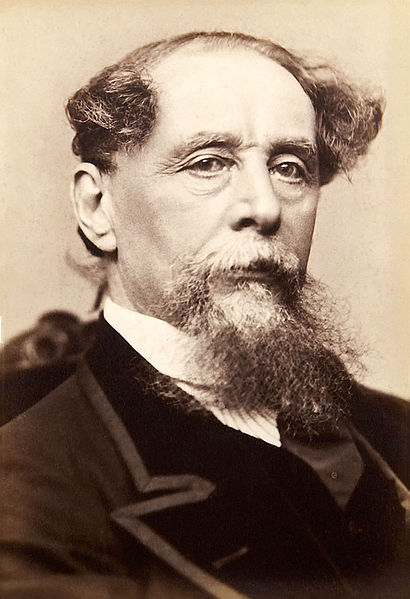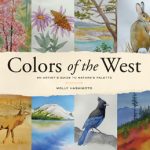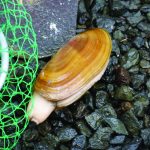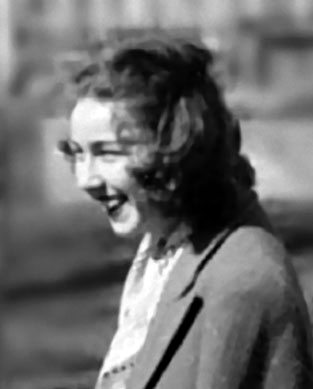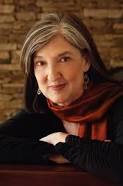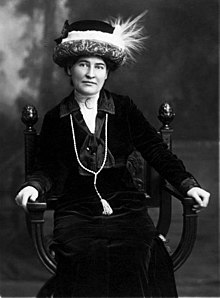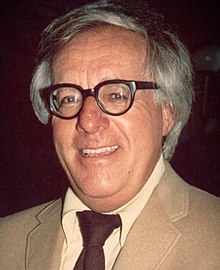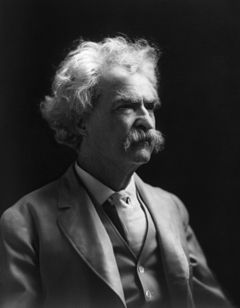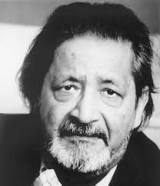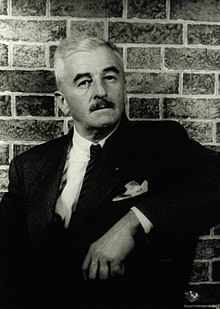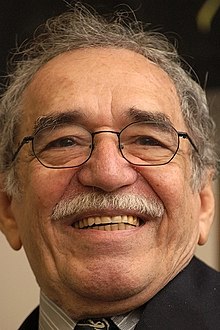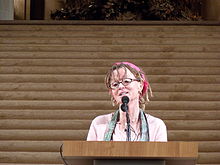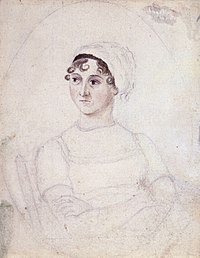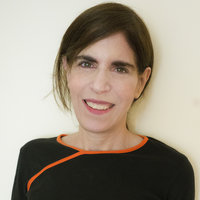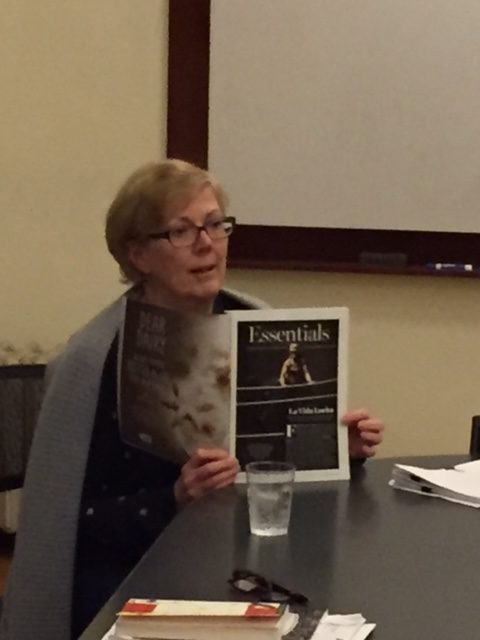
Pitching story ideas is a critical skill for every freelance writer. Virginia Smyth, the executive editor of Seattle Magazine, recently spoke to my Seattle writing classes about how to make the perfect pitch.
“One of the most important questions in a pitch is, ‘Why now?’” she said. “We try to always have a timely angle for our stories.”
Smyth encourages potential freelancers to read the magazine carefully so they’ll know what it publishes. She says that every magazine has a formula, with columns, features, and other kinds of stories. For example, Seattle publishes a lot of stories on the food and dining scene in the city.
“When you pitch, I don’t care why you want to write the story,” she says. “Why is it right for the magazine? Make me think it has to be in my publication. I want to know why it’s right for Seattle. Do your homework. Be familiar with the publication, I get a lot of pitches where it’s obvious the writer has not read the publication.
“What’s the tone? What the demographic? Most publications have Writers guideline to help with this. Think of the elevator pitch: sum it up in three to five sentences. Make sure there’s a hook. What is great about the story? Use the pitch to demonstrate your writing style.”
Making the perfect pitch, also requires that you mention the research that you will do for the story.
“In another paragraph, tell what sources you will use. What are your sources? Why are you the right person to write the story? I’m working on a story with a writer about the Native American community. Why are you the right person to tell the story?”
Make sure to include examples of your previously published work, preferably as links, when you’re making your perfect pitch. “I want to have some confidence that you can tell the story for the magazine,” she says. “Then wait 30 days or so before getting in touch again. Be persistent but don’t stalk.”
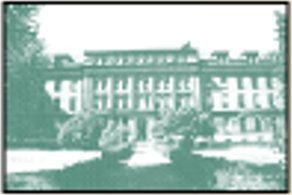 The Writer's Workshop
The Writer's Workshop 